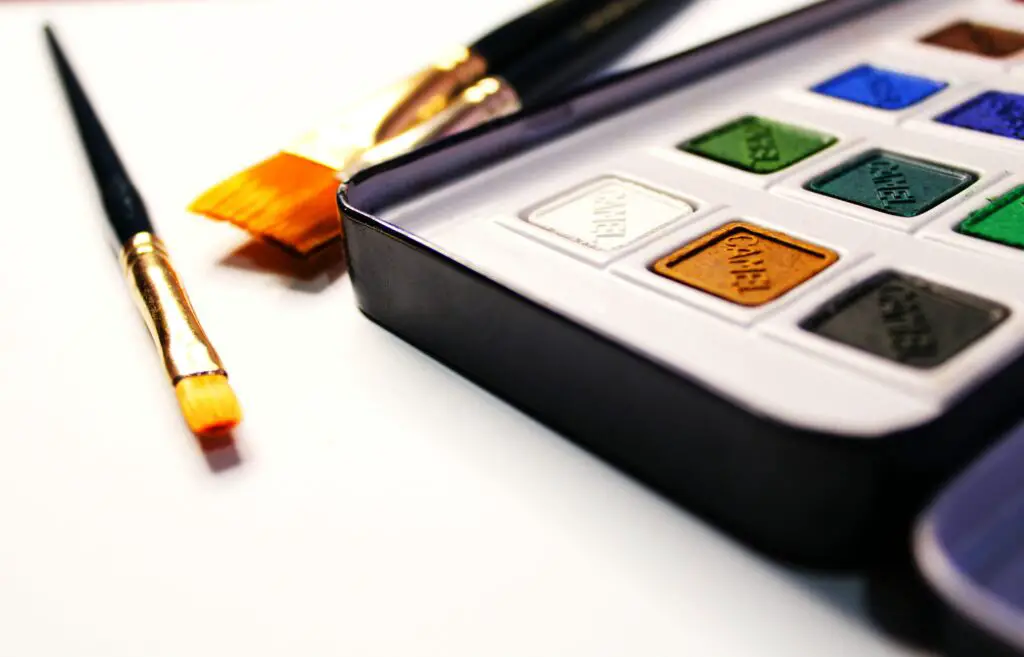Watercolor Painting for Beginners
Watercolor painting is a unique form of art that involves mixing colors with water to create stunning pictures. It has a long history and is admired for its special qualities. Using watercolor, we can achieve soft and transparent colors, which give a gentle and delicate appearance.
Watercolor paintings are created on specialized watercolor sheets, which are specifically designed to accommodate the unique characteristics of the medium. The composition and construction of these sheets allow for proper color blending and control, ensuring the desired effects in watercolor painting. The quality of watercolor sheets depends on their weight, texture, and archival properties. Weight tells us how thick and strong the paper is, with heavier sheets being more durable. Texture refers to the different surfaces available to match different painting techniques. Archival sheets are acid-free made from high-quality materials and won’t damage the artwork over time, ensuring it lasts for a long time.

Watercolor sheets have different types: hot-pressed, cold-pressed, and rough. Hot-pressed is smooth, good for details. Cold-pressed has a bit of texture, liked by many artists. Rough paper has a noticeable texture, adding an interesting effect to the artwork.
There are various types of watercolors available for artists to explore and use in their artworks. Traditional watercolors come in pans or tubes and are known for their vibrant and transparent qualities. They can be easily diluted with water to achieve different effects and layered for depth and richness. Additionally, there are watercolor pencils, which provide the convenience of a pencil format while offering the versatility of watercolor when activated with water. Watercolor markers are another option, combining the ease of markers with the transparency and blending capabilities of watercolors. These different types of watercolors offer artists a range of options to express their creativity and achieve desired results.

Watercolors offer diverse techniques: wet-on-wet, wet-on-dry, and dry brushing. Wet-on-wet involves applying wet paint on wet paper for soft edges and color blending. Wet-on-dry is applying wet paint on dry paper for precise details and sharp edges. Dry brushing uses minimal water and pigment on a dry brush, creating texture and delicate strokes.
Watercolor painting allows for limitless creativity, from realistic landscapes and still life to expressive abstract works. Watercolors offer an enjoyable artistic journey for both beginners and experienced artists. Whether you are a beginner or an experienced artist, watercolors provide a delightful and fulfilling artistic journey.
